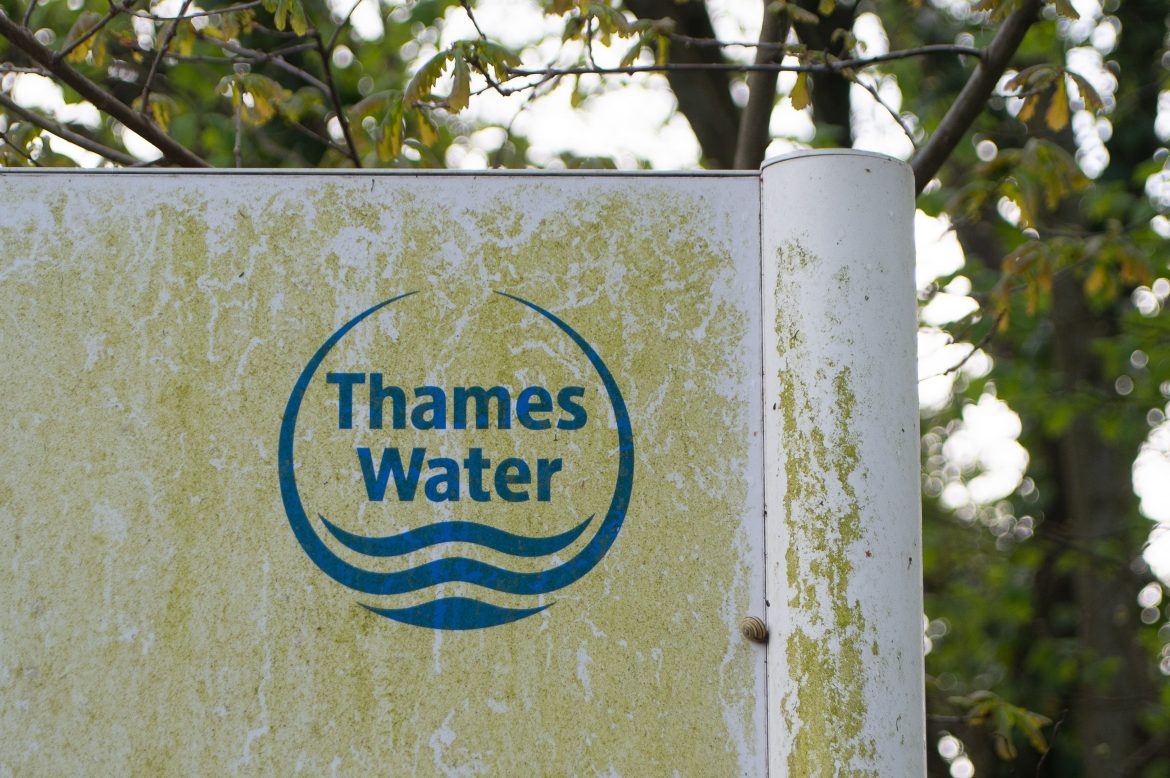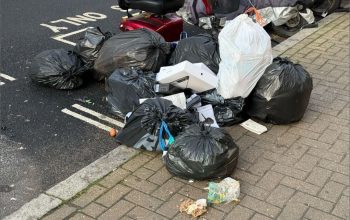Sewage spillage in rivers across the UK rose by 54% in 2023 compared to the previous year according to the Environment Agency’s (EA) annual report that came out in March.
The spike owed in part to heavy rainfall due to which water companies discharged storm overflows into the rivers.
The EA noted that this does not absolve water companies’ responsibility to manage their discharge in line with legal requirements.
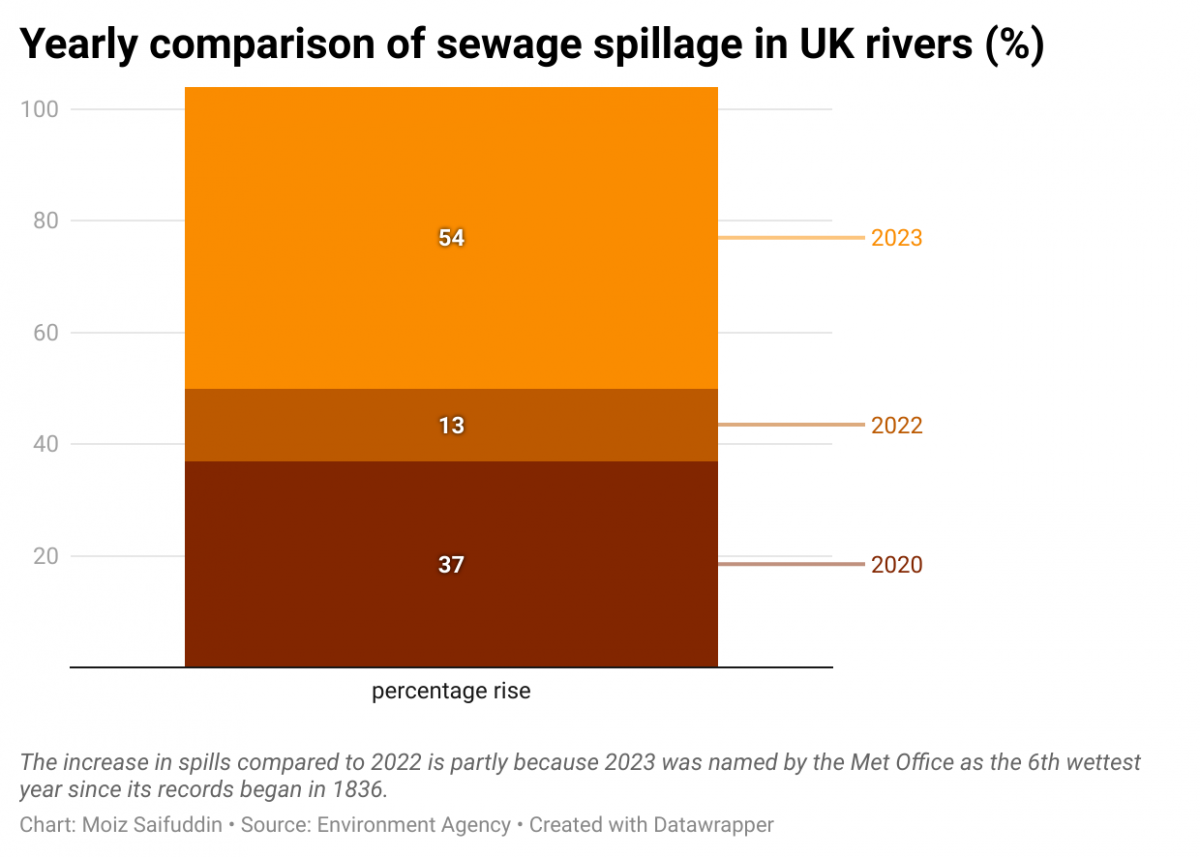
Environment Agency Director of Water, Helen Wakeham, said: “Whilst it is disappointing that water companies have reported an increase in sewage spills, it is sadly not surprising.”
The report came out on the same day that the campaign group River Action (RA) published its findings of dangerously high levels of the bacteria E. coli in the river Thames. Test results indicated an average of 2,863 E. coli colony forming units (CFU) per 100ml of water, The level should be below 1,000 CFU per 100ml to meet water quality standards for bathing.
In an article on its website, River Action said: “The testing locations suggest that the source of pollution is from Thames Water discharging sewage directly into the river and its tributaries.”
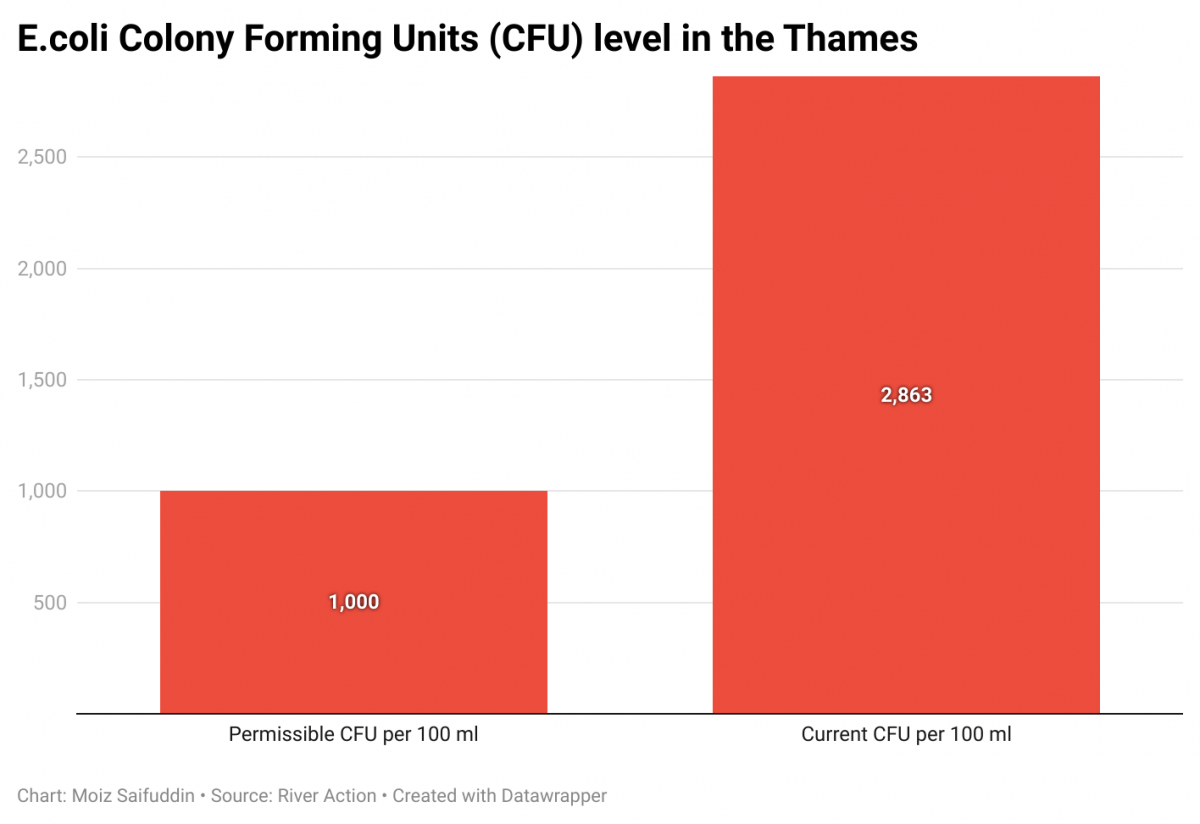
Chloe Peck, communities coordinator for RA said: “In the UK, we have combined systems. This means our ‘grey water’, or sewage goes through the same system that our rainwater does. That means when it rains the combined system can’t cope and water companies are able to legally spill raw sewage into the river.
“The law requires that this is only done in unusually heavy rainfall. However, we see this happen every day, even on dry days.”

Credit: Attribution-NonCommercial-ShareAlike (CC BY-NC-SA 2.0)
The pathogen-infested waters are a cause for worry, especially in spring when people will be swimming and making the most of the rivers.
Peck said: “It is not safe for bathers to enter the water. This is because if E. coli and other harmful pathogens get into your mouth, they could make you ill and lead to vomiting and diarrhoea.”
Waterborne diseases have been on a steady rise in the UK. An analysis by the Labour party found that hospital admissions were up by 60% due to waterborne diseases since 2010.
Richard Benwell, chief executive of Wildlife and Countryside Link, said: “Pollution and nature loss are a public health disaster. Billions could be saved every year for the NHS by cleaning up filthy rivers, curbing air pollution and bringing nature back to life.”
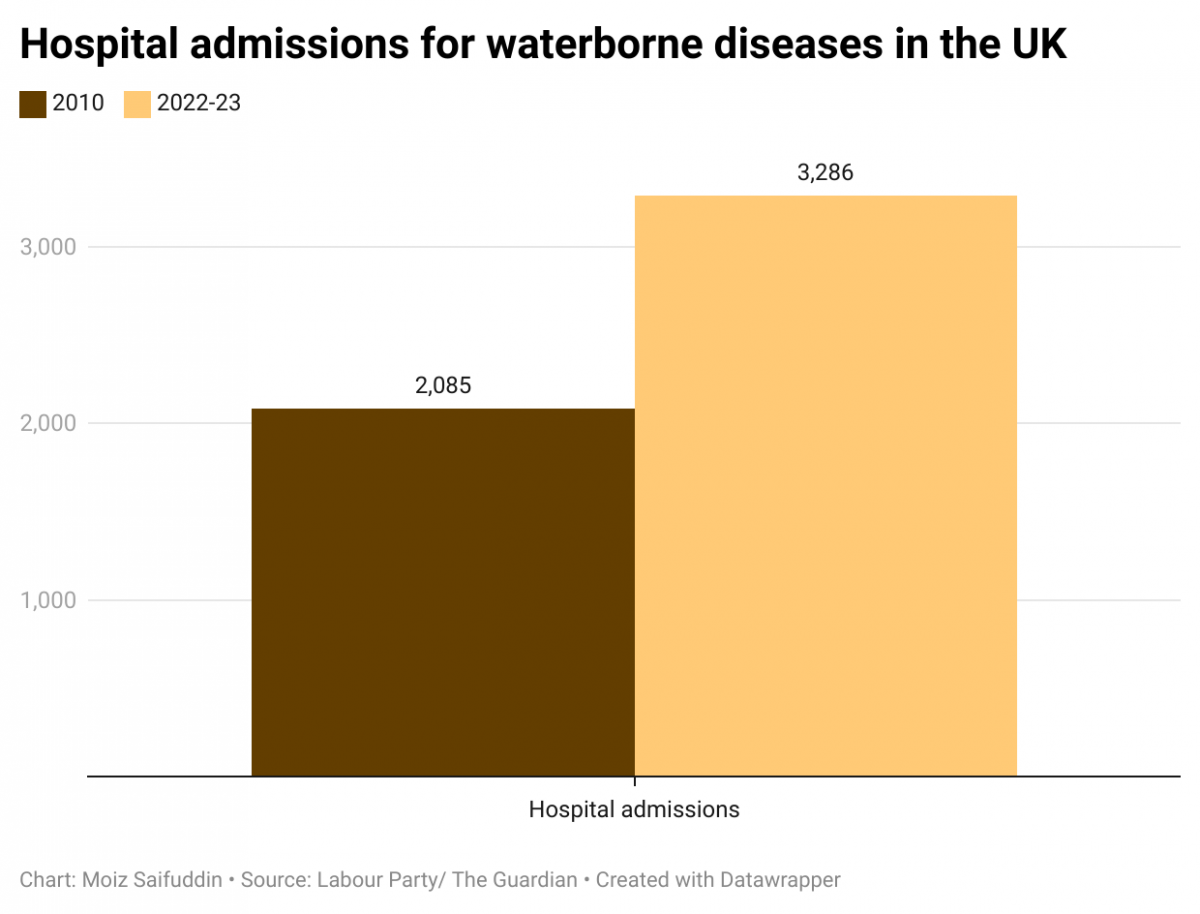
The Environment Agency’s data also showed the number of overflows in rivers in the Kingston neighbourhood, namely, Hogsmill, Beverly Brook, Crane and Wandle. An analysis revealed that except for the Hogsmill, the catchment area for spillage had increased in the other rivers including the Thames near the Mogden sewage treatment plant.
Peck said it was “very probable that the part of the Thames flowing through Kingston is contaminated”.
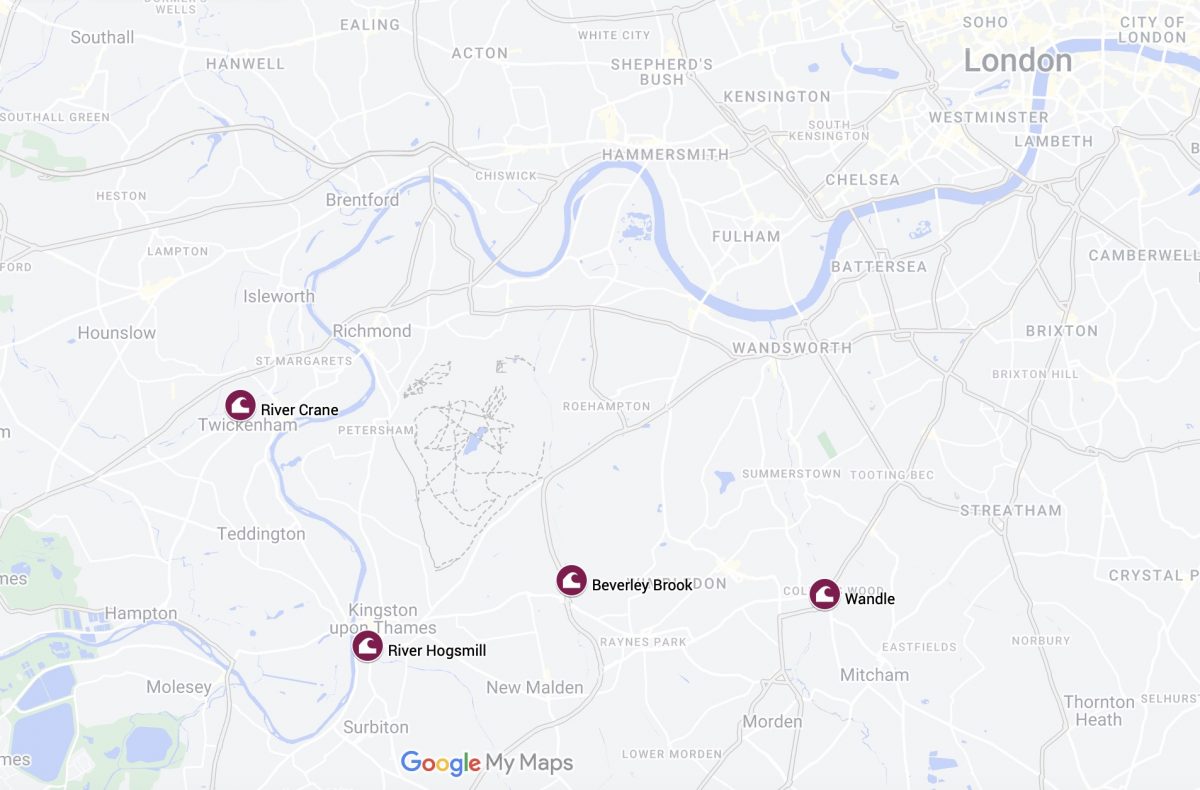

“The Thames is split into a non-tidal and tidal part. Kingston is towards the end of the non-tidal Thames, just before the lock which splits the Thames at Teddington. This means that there could be river water containing sewage flowing throughout the Thames onto Kingston.
“Although we do not currently have contact with groups who are testing, we have had members of the public in the area interested in taking samples,” she said.
Dr Ali Rangwala, a GP and local resident said he is extremely concerned about the increase in spillage in local rivers.
“Being born and brought up in New Malden, I have fun childhood memories of frequently visiting the river Thames in Kingston and the Hogsmill, and as I have family of my own, I have continued this tradition by visiting these sites.”
He said: “Going forward, Thames Water should work hard to ensure that safety measures are in place to reduce any further spillage or contamination of our local rivers.”
Gabrielle Hovarth, a local resident and wildlife volunteer said: “I spend most of my riverside time by the Thames, and I’m so disappointed by looking at the swirls of oil and rubbish on its surface.
“I think there’s something cyclical happening, where people see the Thames as dirty, so they treat it with disrespect, leading it to be even dirtier.
“The Thames is home to so many lovely water birds, seals, and other creatures. We’re not creating a welcoming habitat for these animals. I see rubbish in and near the Hogsmill as well. It’s a real shame that we don’t take pride in the gift that we’ve been given, to live by the river.”
She said she had not been following the Thames Water story, but “it’s clear by visiting waterways that they aren’t doing it right”.
Thames Water has been under scrutiny due to its financial woes. The company was among the UK’s top five companies to increase the average annual household water bill from 2020-24 with another rise expected in the future.
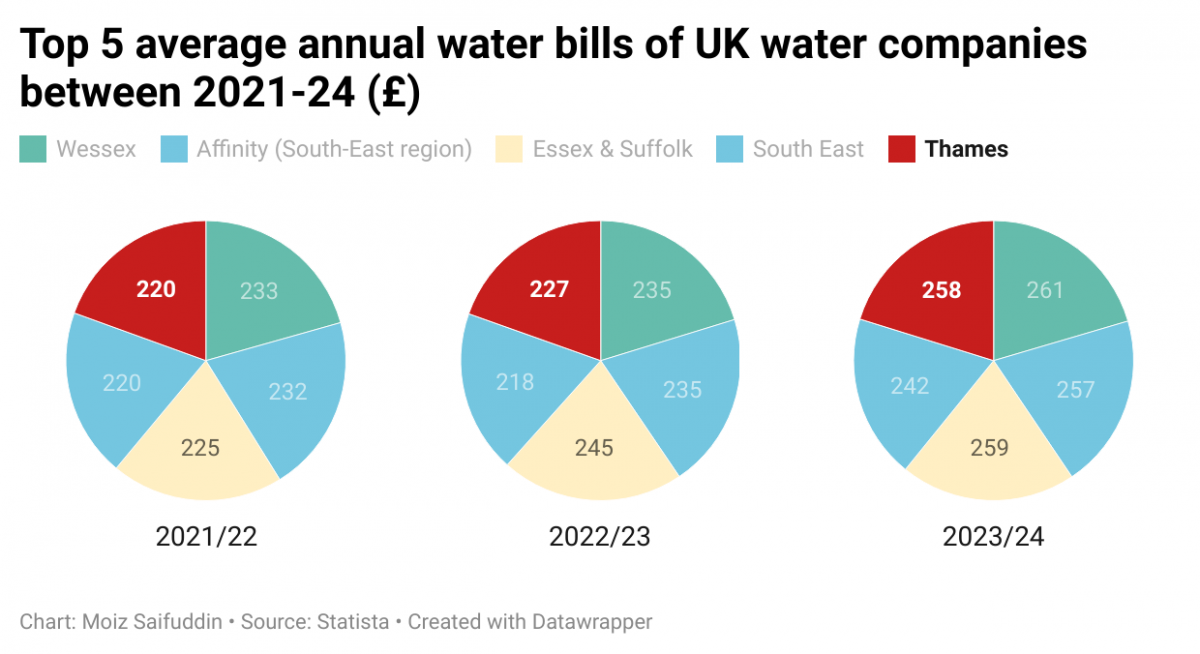
An article in The Economist titled How not to run a water utility said: “Thames Water has lobbied Ofwat for special treatment: to pare back its fines and approve a large increase in bills.”
Stuart Bates, a local resident said he thought it was time to renationalise water companies.
Peck said: “Whatever happens next, people and the planet must come before profit. We cannot allow the health of our rivers to be de-prioritised any longer.”
She called on the regulators to bolster spending on the monitoring of rivers and hold offenders to account.
“At the same time, the water companies must invest to upgrade their failing, leaky infrastructure, especially as our population continues to grow and we face more extreme weather events. This is now more urgent than ever as the nation grapples with a freshwater emergency, caused in part by financial greed,” she said.
In a recent interview, naturalist and explorer, Steve Backshall asked Andrew Scott, the head of wastewater treatment for Thames Valley region for Thames Water if the river Thames was safe right now.
Scott said: “You will have to ask the Environment Agency. I am not saying we are not partially responsible for (the spilling of sewage), but we are not responsible for letting the public know whether they can swim in the rivers or not. That’s up to them.
“There will be unsafe levels of contaminants from our normal discharge let alone our storm discharge because we don’t remove some bacteria and pathogens from our normal treatment process. There is no disinfection.
“The Thames at this point isn’t considered a bathing water, therefore, our effluent is not safe to swim in. It’s not for us to tell you what to do, what not to do.”
He said it doesn’t feel right but it was not a new thing and has happened for the past 50-60 years.
Backshall said that when he stopped recording, a local resident asked Scott if he thought residents should be swimming in the Thames at all. He said: “Well, you wouldn’t swim in a sewer, would you?”
Passionate about interviewing people to feature their stories and ideas. Currently Features Editor at Kingston Courier.

